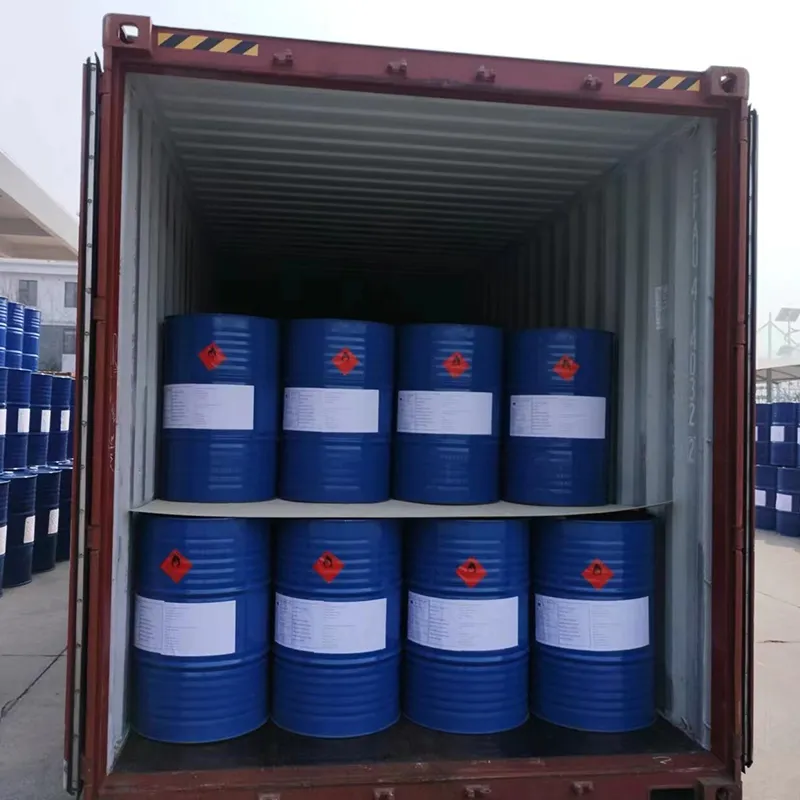
Essential Ingredients for Food Preservation and Shelf Life Extension
Common Food Preservatives An Overview
In the modern world, food preservation is essential for maintaining the quality, safety, and longevity of our food supplies. As a result, various substances, known as food preservatives, are widely used across the globe. These preservatives play a crucial role in preventing spoilage, extending shelf life, and ensuring that food remains safe for consumption. This article delves into the common types of food preservatives, their functions, and some considerations regarding their use.
What Are Food Preservatives?
Food preservatives are substances added to food products to prevent chemical changes that result in spoilage due to microorganisms, oxidation, or other processes. They can be classified into two broad categories natural and synthetic preservatives. Natural preservatives are derived from natural sources, while synthetic preservatives are chemically produced.
Common Types of Preservatives
1. Antimicrobial Agents These preservatives inhibit the growth of bacteria, molds, and yeast. Common examples include - Sodium Benzoate Often used in acidic foods like salad dressings and soft drinks, it prevents yeast and mold growth. - Potassium Sorbate Effective against molds and yeasts, this preservative is frequently found in baked goods, cheeses, and wine.
2. Antioxidants These substances prevent the oxidation of fats and oils, which can lead to rancidity. Common antioxidants include - BHA (Butylated Hydroxyanisole) Used in oily and fatty foods, BHA helps prevent spoilage due to oxidation. - BHT (Butylated Hydroxytoluene) Similar to BHA, BHT is effective in maintaining the freshness of snack foods, cereals, and more.
3. Sulphites These are often used in dried fruits, wines, and some processed foods to prevent browning and maintain color. Examples of sulphites include - Sodium Sulphite Used to prevent discoloration and spoilage in fruits and vegetables. - Potassium Metabisulphite Common in wine production to prevent microbial growth and oxidation.
4. Acids Organic acids like citric acid and ascorbic acid act as both preservatives and flavor enhancers. They lower the pH of foods, making them less hospitable to bacteria. Notable uses include - Citric Acid Found in citrus fruits, it helps preserve canned vegetables and beverages. - Ascorbic Acid (Vitamin C) Often added to prevent browning in cut fruits and vegetables.
common food preservatives

5. Sugar and Salt Traditionally, sugar and salt have been used for centuries to preserve food. They work by drawing moisture out of food, inhibiting bacterial growth. Their uses include - Curing Agents Salt is used in curing meats, while sugar plays a key role in preserving jams and jellies.
Benefits of Food Preservatives
The use of food preservatives offers several benefits - Extended Shelf Life Preservatives allow food products to remain usable for longer periods, reducing food waste. - Safety By inhibiting microbial growth, preservatives help reduce the risk of foodborne illnesses. - Maintain Quality Preservatives help retain the flavor, color, and texture of food products, contributing to a better consumer experience.
Considerations and Controversies
Despite their benefits, the use of food preservatives is associated with certain controversies. Some individuals express concerns about the safety of synthetic preservatives, suggesting potential links to allergic reactions or health issues. This has led to increased consumer demand for organic and preservative-free alternatives.
Moreover, regulatory bodies such as the FDA (Food and Drug Administration) and the EFSA (European Food Safety Authority) regularly evaluate the safety of food preservatives. While many preservatives are deemed safe when used within specified limits, ongoing research continues to address consumer concerns regarding long-term exposure.
Conclusion
Food preservatives play an indispensable role in the food industry, allowing us to enjoy a variety of products while reducing waste and improving safety. Both natural and synthetic preservatives are employed to maintain the quality of food items, each with distinct functions and benefits. As the conversation around food safety and health continues to evolve, it is crucial for consumers to remain informed about the ingredients in their food, make choices aligned with their values, and understand both the advantages and potential drawbacks of food preservatives. In the end, knowledge equips consumers to make better decisions in their dietary choices, leading to healthier and safer eating practices.
-
Why Glacial Acetic Acid Food Grade Is Essential in FlavorNewsMay.26,2025
-
Surging Export Growth of Food Additives in ChinaNewsMay.26,2025
-
How Ammonium Nitrate Fertilizer Boosts Crop YieldsNewsMay.26,2025
-
How 1,2,3-Benzotriazole Shields Plastics from UV DegradationNewsMay.26,2025
-
Cyanide in Gold Mining: Protecting People and the PlanetNewsMay.26,2025
-
Aluminum Hydroxide in Modern Sunscreen FormulationsNewsMay.26,2025
-
Understanding Synthetic Rubber OptionsNewsApr.27,2025
Hebei Tenger Chemical Technology Co., Ltd. focuses on the chemical industry and is committed to the export service of chemical raw materials.
-

view more DiethanolisopropanolamineIn the ever-growing field of chemical solutions, diethanolisopropanolamine (DEIPA) stands out as a versatile and important compound. Due to its unique chemical structure and properties, DEIPA is of interest to various industries including construction, personal care, and agriculture. -

view more TriisopropanolamineTriisopropanolamine (TIPA) alkanol amine substance, is a kind of alcohol amine compound with amino and alcohol hydroxyl, and because of its molecules contains both amino and hydroxyl. -

view more Tetramethyl Thiuram DisulfideTetramethyl thiuram disulfide, also known as TMTD, is a white to light-yellow powder with a distinct sulfur-like odor. It is soluble in organic solvents such as benzene, acetone, and ethyl acetate, making it highly versatile for use in different formulations. TMTD is known for its excellent vulcanization acceleration properties, which makes it a key ingredient in the production of rubber products. Additionally, it acts as an effective fungicide and bactericide, making it valuable in agricultural applications. Its high purity and stability ensure consistent performance, making it a preferred choice for manufacturers across various industries.











